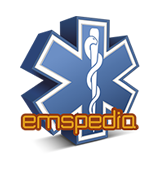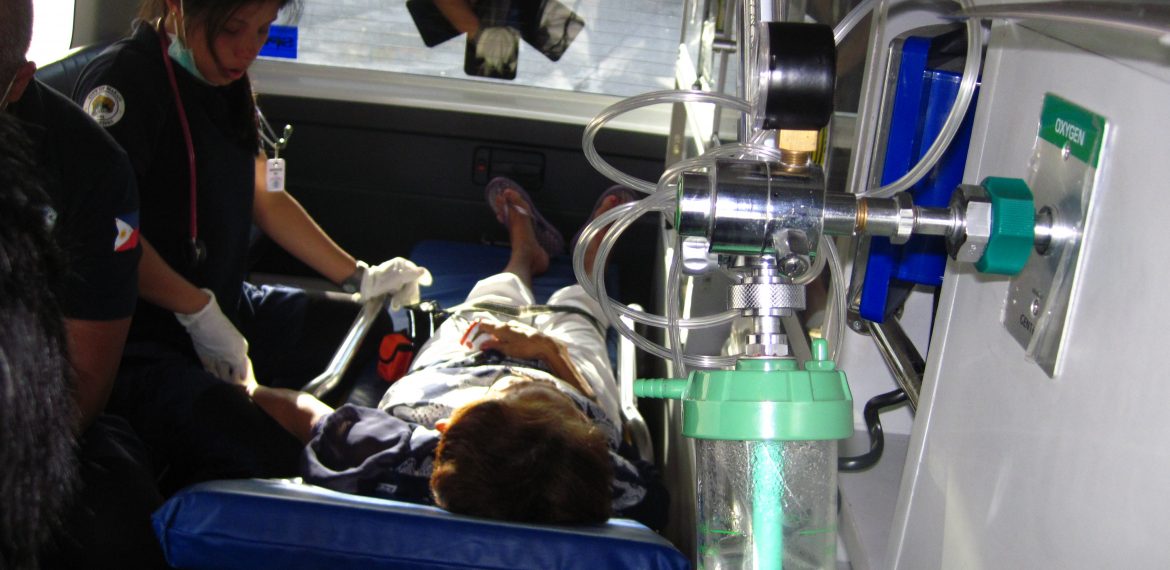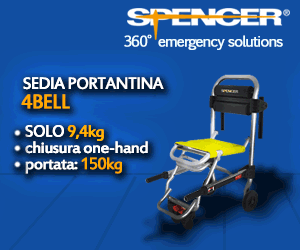Emergency practitioners are the pulsing heart of emergency medical care in pre-hospital field. Their safety comes before anything else, together with patients safety, but we have to bear in mind that there are many serious issues that can threaten EMTs.
The field of Accident and Emergency (A&E) is considered by many as one of the most stressful environment as compared to any other care field. It is because of the time constraint adhered to every case the emergency practitioners need to intervene. Every circumstance perhaps is a battle between life and death amid a string line.
Certainly, emergency practitioners aim and hope to win the battle and maintain life to every situation they respond to; however, this is not always the case. There are countries that are fortunate enough to afford running an efficient emergency response system, while there are a good number of countries who cannot.
Which are the principal dillemmas that Eemergenyc practitioners have to face? The study
In the study of Page, et. al. (2013) – link at the end of the page -, in which the Emergency Medical Systems across the world were compared, only a few numbers of countries are able to thrive and progress in the field of A&E – all of which are from the first-world countries such as the United Kingdom, the United States, and Canada.
On the other hand, nations that belong in the third-world and developing countries lack an efficient Emergency Medical System (Duncan, 2014). These countries are short of adequate hospitals, transport facilities, education standards, and emergency practitioners which are necessary for patients’ survival. As much as the emergency practitioners aim to save lives, there are factors that hinder them, and it is where their dilemma sets in motion.
Some of the dilemmas reported by some emergency practitioners include:
- Fewer individuals aspire to become an EMTs. In the article written by Faris (2017), it reflected how individuals desire to work in the field of EMS decline. In Jackson State, they certify an average of only 16 paramedics annually, which is not enough to keep up with the demand. It was exemplified that the long working hours, minimal pay, and hazardous work conditions mainly influence people to steer clear from the profession. The same distress was reported by Reinitz (2013) where shortages in Rural EMTs and lack of quality service becomes an alarming concern, in which the problem is rooted in the fact that ambulance services are not considered to be a crucial concern.
- Ethical issues involved in rescue operations. It is undeniable that the emergency setting is random and erratic where conflicts between ethics and the situation may occur. In the study of Erbay (2016), some of the ethical issues involved in emergency medicine are justice concerns, beneficence and non-maleficence, and stigmatization. Wacht (2016) exemplified a scenario in which dilemma may happen: in terror attacks, for instance, random people may be involved which may include the terrorist, the innocent ones that you may even personally know – it is where the ethical issue may arise, the decision on who to treat as a priority may be influence by personal bias and not the actual care need.
- Problems involving the victim’s refusal of treatment and transport to a medical institution. There are cases where emergency practitioners are faced with an ethical conflict between their duty to save lives and the victim’s desire not to accept necessary treatments (Erbay, 2016). Basically, it is an issue between the principle of beneficence (do good) and the respect for the patient’s autonomy, especially when advance medical directives are not present.
The emergency medicine field is a wide array of blank canvass where different scenarios may happen in every response. It is a very demanding profession, where emergency practitioners face conflict among their duties and responsibilities, code of ethics, and personal preferences.
The Author:
Michael Gerard Sayson

Registered Nurse with a Bachelor of Science in Nursing Degree from Saint Louis University and a Master of Science in Nursing Degree, Major in Nursing Administration and Management. Authored 2 thesis papers and co-authored 3. Practising the nurse profession for more than 5 years now with direct and indirect nurs
SOURCES AND RESOURCES


